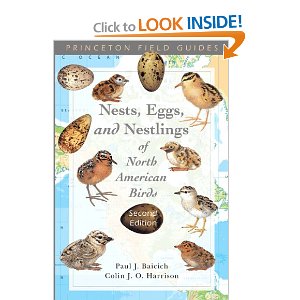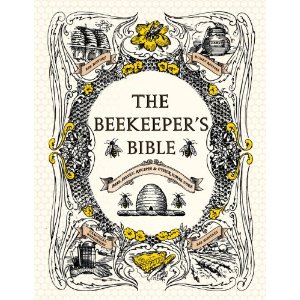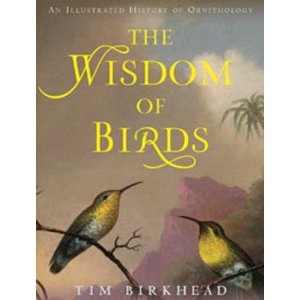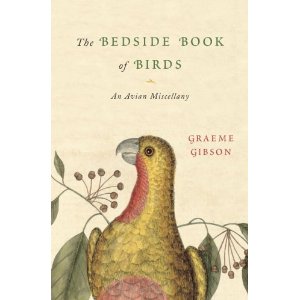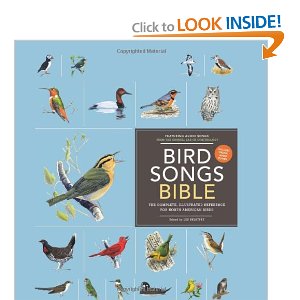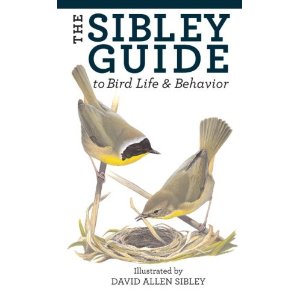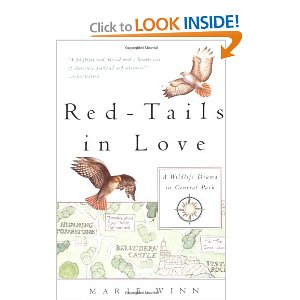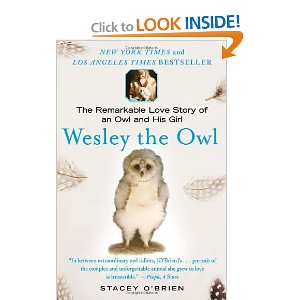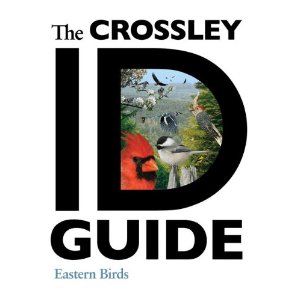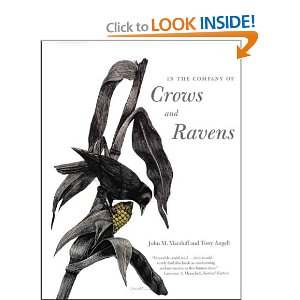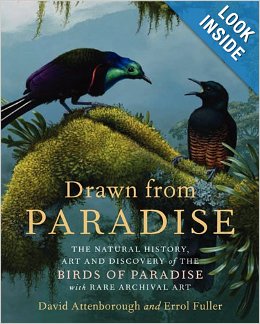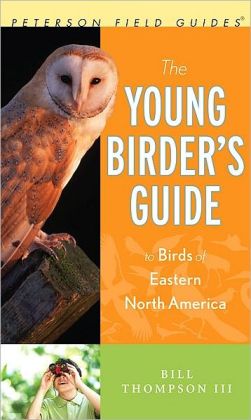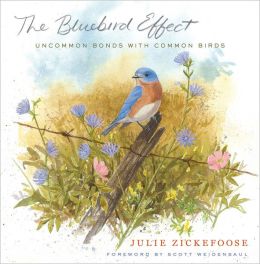Meet Olivia Bouler, an Exceptional Young Artist/Author this Saturday

Young Birders and their families are invited to:Meet Artist/Author Olivia BoulerSaturday February 22 from 9-11 am
WCT Headquarters on Providence Rd in Newtown Square Ages 7-14
|
Olivia Bouler is a young author, artist and budding ornithologist who raised over $150,000 from her 500+ paintings of birds for the Gulf Coast Oil Spill recovery efforts. She did this when she was just 11 years old, proving that anyone can make a difference if you put your mind to it! She has also received numerous awards and honors for her conservation efforts. YOU WILL GET TO MEET HER OVER SKYPE during this workshop. We will have the opportunity to chat with her and get a private art lesson from her.
 The cost of this workshop is $15/child in order to cover the cost of Olivia’s book, “Saving the Gulf,” that each child will get to take home with them. Please let me know you are coming. A wide range of ages is welcome, 7-14 years old. Parents are welcome to participate too!
The cost is $15 per child – sign up by February 20th
by contacting Blake Goll at bhg@wctrust.org
|
Participate in the Global Great Backyard Bird Count this Sunday!
WAIT! If you’re a subscriber reading this in email format, before reading any further, please click on the title of the post right above in order to view the blog in the glory it was meant to have on the actual blog website.
________________________________________________________

Children, teens and adults of all ages are invited to join us this Sunday February 16 at the Willistown Conservation Trust from 9-11am for our annual Great Backyard Bird Count (GBBC)! Contact Blake Goll (bhg@wctrust.org) if you’re interested in participating.
The Cornell Lab of Ornithology’s GBBC is a global, 4-day citizen science event during which people from all walks of life tally birds in order to help scientists discover important population patterns about birds. Last year, GBBC participants in 111 countries counted over 33 million birds on close to 138,000 checklists, documenting some 4,200 species, which is more than one-third of the world’s species!!

This participation represents an incredible effort that helps answer questions like: Where are the birds now? How is climate change affecting populations? What are the patterns of irruptive bird species (those like winter finches that flood south in some years but not others based on food availability)? How is migration timing different from year to year? How are diseases like House Finch Eye Disease or West Nile Virus affecting populations?

For example, one sad pattern scientists have discovered through GBBC data is that Carolina Wrens seem to disappear from northern checklists in cold winters like the one we are having now. These adorable little mouse-like birds are actually a more southern species whose range has expanded northward in the past decades because of our mild winters. However, they do not migrate and so often perish during harsh winters; it can take up to 10 years for the population to return to the north after such cold-weather die-offs. Keep those feeders filled if you notice one of these charming brown “butterballs” in your yard, for they may not be as hardy as they look.

GBBC participants enter their checklists online at gbbc.birdcount.org, which is a fantastic resource for learning more about the GBBC and birds in general. Here you can watch a real-time map during the count (February 14-17) of checklists as they are submitted along with excellent photos of birds. There’s a great interactive section where you can actually explore data compiled from past GBBCs, including year-to-year comparisons of ranges both within and between species. It’s fun to play around with!
Contact Blake Goll (bhg@wctrust.org) if you’d like to attend our Great Backyard Bird Count this Sunday!
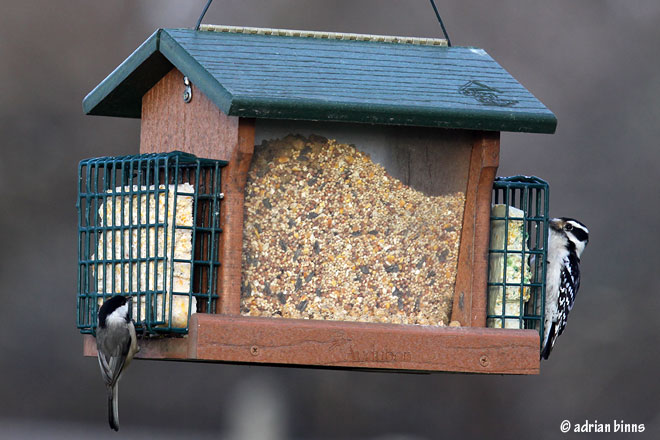
This is an especially exciting GBBC with the crazy weather we’ve been having and the historic avian events such as the Snowy Owl irruption or “Snow Storm” as it’s now affectionately called. Because of milder arctic weathers, the tundra rodent population boomed this past summer, creating a bumper crop of Snowies that have flooded south for overwintering territories. Check out my recent blog post to learn more, or visit Project Snowstorm to learn about the incredible research underway to track these Snowy Owls with solar powered transmitters.
Besides a Snowy Owl, you also might be able to add a seldom-seen grebe to your GBBC checklist this year! Grebes are handsome little loon-like birds that are highly specialized for diving; with their stubby legs set so far back on their bodies, they need large bodies of water to takeoff and are pretty much immobile on land. Red-necked and Horned Grebes normally call the Great Lakes their winter home, but the icy polar vortexes that have been lurking in the Northeast this winter have caused massive freezing of the lakes, more than we’ve seen in decades.
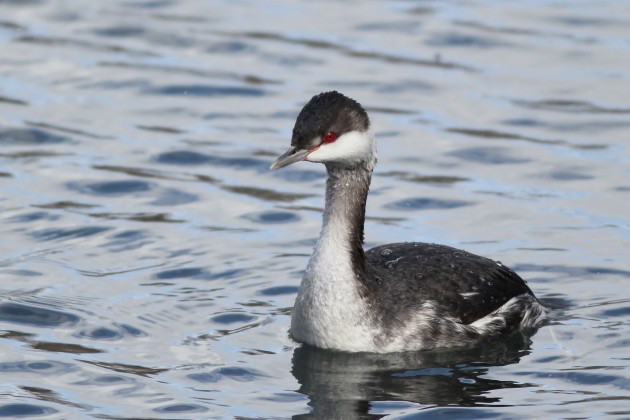
The displaced Grebes are forced to move south toward the coast, hoping for large bodies of water along the way. This is a dangerous journey with the frequent snow and ice storms that have been berating our region. Many of these poor night travelers actually get iced over as they are flying and crash to the ground in sometimes fatal “wrecks”. The lucky ones land in a soft pile of snow or in a body of water, so birders should be on the lookout for these birds! If you see one, report it to eBird so that scientists can track this movement. And if the bird needs help (like if it’s stranded in a parking lot or field) gently pick it up in a blanket, place it in a box and call Tri State Bird Research and Rescue!
Hope to see you this weekend!
There’s a lot going on in the woods,
Blake

Bird Boxes: Windows into the Lives of Birds, the Mysteries of Nature and the Joy of Conservation

WAIT! If you’re a subscriber reading this in email format, before reading any further, please click on the title of the post right above in order to view the blog in the glory it was meant to have on the actual blog website.
________________________________________________________
One of last year’s accomplishments we are proud of is the initiation and success of our new Homeowner Bird Box Program. The following is an article I wrote about it and the joys of bird box ownership. If you don’t already have bird boxes in your yard, I encourage you to put one up this spring! Better yet, put it up now and you might get a Downy Woodpecker or a bunch of bluebirds roosting in it during these cold winter nights.
It was late March as I stood in front of the porch door, gazing out at the bustling bird feeders set up buffet-style on the railing of our deck. Finches, chickadees, titmice, blue jays, cardinals and wrens were contentedly stuffing their little beaks full of hulled sunflower seeds on this blustery, wintery spring day. As I did every day that winter, I was wistfully waiting for “someone in particular” to appear in front of me at the window feeder stocked with dried mealworms and insect-filled suet balls. My gaze drifted off for a minute until I heard a familiar ‘tap’ on the window as the weight of a bird landed briskly on the feeder.
There before my eyes was the most beautiful deep Mediterranean blue surrounding a round red breast under an inquisitive cocked head peering at me through the class. “They don’t call it the bluebird of happiness for nothing,” I thought as my heart skipped that familiar beat. As he grabbed a dried worm and shot me one last suspicious look before fluttering off, I couldn’t help but notice a twinkle in his eye.
I raced out into the backyard to check the status of our new bluebird box, and sure enough, there he was – and there SHE was- proudly perched on top of the box of which the pair had taken ownership. My spirit took wing with elation and anticipation of the joys that would be mine as guardian of this bird box throughout the coming season!
The thrills of bird box ownership are indeed abundant, as the forty participants in the Willistown Conservation Trust’s (WCT) Homeowner Bird Box Program discovered last year. Through this new program, homeowners were able to advance bird conservation in their own yards by maintaining and monitoring bird boxes that were installed in early spring by a team of WCT bird box experts. The teams visited the properties in the Willistown area, assessed the habitat, offered advice on which particular species of birds could be attracted to that available habitat, and placed the boxes for optimum probability of birds using them.
The WCT experts remained in contact with the homeowners throughout the remainder of the breeding season in order to track the success of the 113 bird boxes that were installed throughout the greater Willistown area. Many of the boxes provided the homeowners with great enjoyment as they and their children watched families of bluebirds, house wrens, chickadees, tree swallows, and kestrels fly in and out of the boxes hundreds of times a day feeding their ravenous nestlings.

Some were lucky enough to witness the fledging, when the young take their first staggering flight out of the box and into the world! There is no better bond formed with nature than when a child gently opens a bird box and has his first peek at a bunch of exquisitely speckled little eggs or tiny baby birds, their wobbly necks outstretched and beaks gaping wide with expectation.
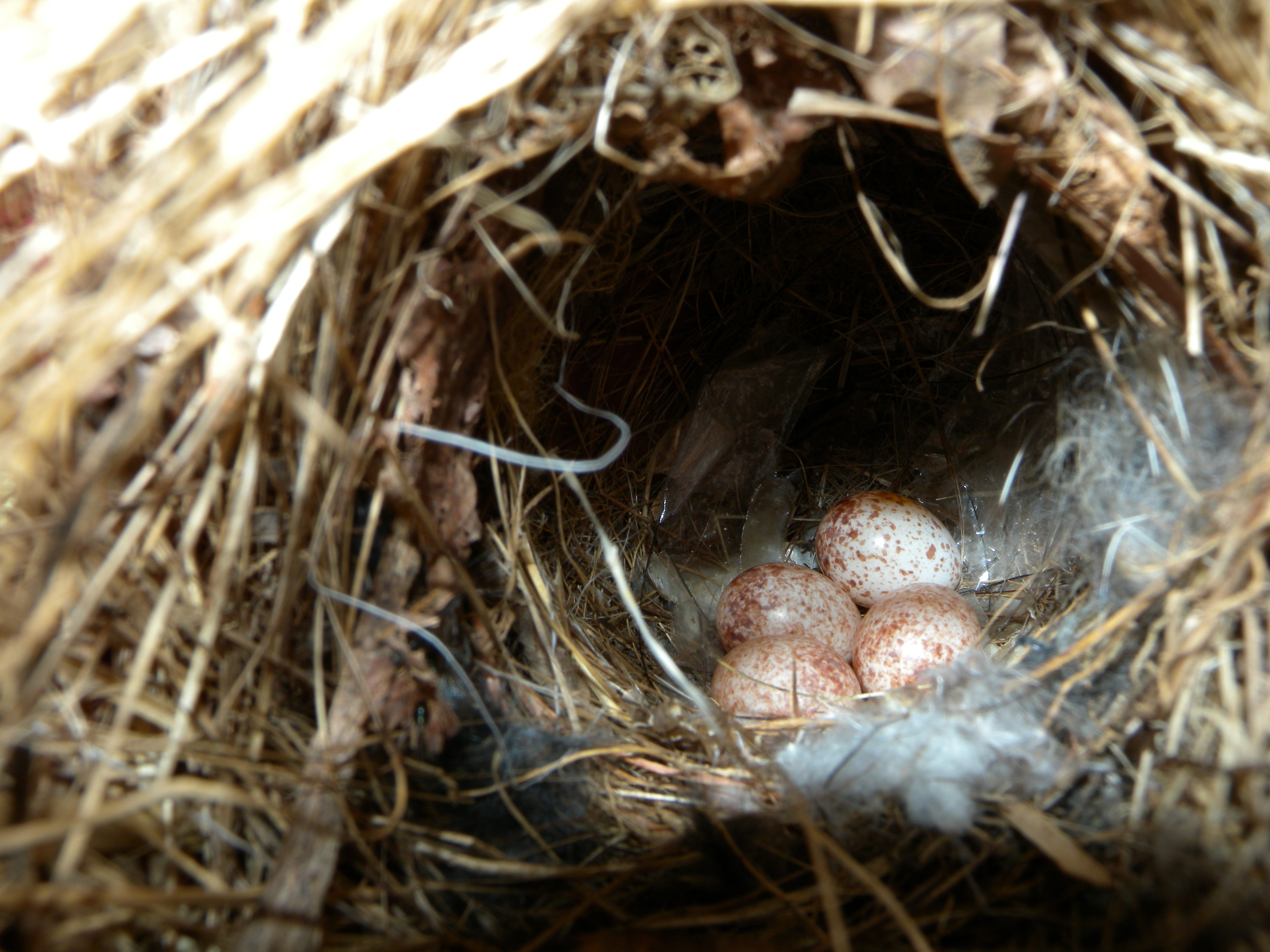
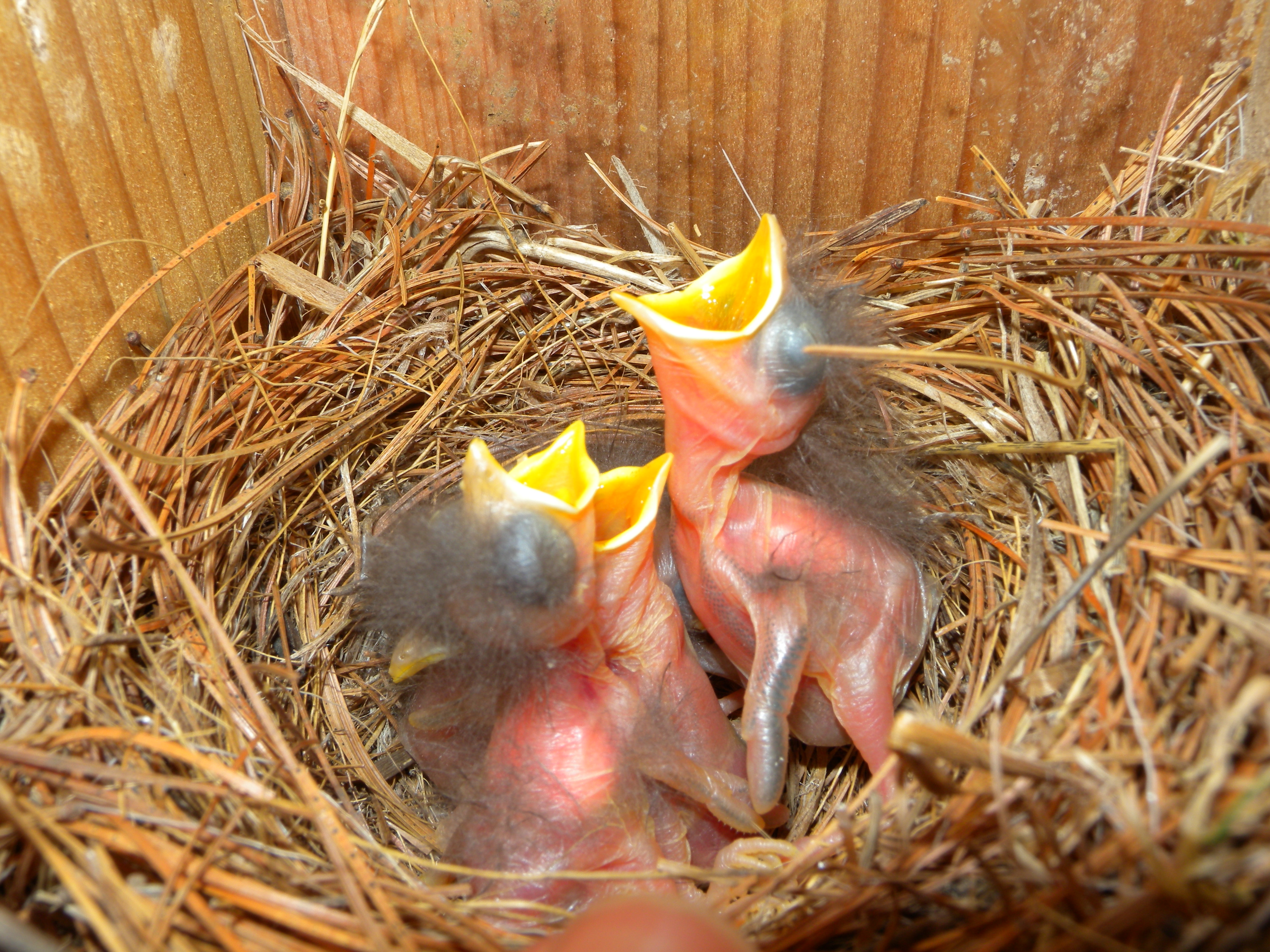
Each species of bird has specific habitat requirements, but sometimes the motto, “if you build it, they will come,” applies in even marginal habitat. One of the homeowners blew the WCT experts away when she called and exclaimed excitedly, “I have bluebirds!!”

She bought a bluebird box but was admonished not to expect bluebirds because she did not have a big enough grassy area in her wooded backyard to suit their ideal habitat needs. Consequently, the bird box experts expected to hear that she had one of the other usual occupants like chickadees or wrens. Not only did the bluebirds take up residence in her “less-than-ideal habitat,” but they successfully fledged two broods of young from that box that summer!

In addition to connecting homeowners to nature, bird boxes also serve as essential conservation tools by providing vital habitat to cavity-nesting birds, many of which are declining. Eastern Bluebird populations in Pennsylvania, for example, were down by 90% in the mid-1900s as a result of habitat loss, pesticides, and competitive invasive species like House Sparrows and European Starlings.
Today, our bluebird has recovered because of closely monitored nest boxes that are safeguarded against invasive competition. However, it is still threatened, like many other insect-eating birds, by pesticide use on lawns and agricultural lands. There are a host of other serious pressures facing our birds today: from feral and house cats killing 3 billion birds annually in the U.S. alone to window collisions killing up to 1 billion birds annually. It’s no wonder we’ve lost half of the birds that filled the skies just 40 years ago.
Dick Eales, the Chair of WCT’s Bird Conservation Committee, was the go-getter who dreamt up this addition to WCT’s outreach activities in order to benefit as many birds as possible. Additionally ,the Bird Box Program helps engage more people in conservation and provides the opportunity to raise awareness about the need to not only protect the natural areas we have left, but to begin to see our yards as habitat.
When people understand that conservation can happen in their own backyards, suddenly that long awaited bluebird of happiness taps on the window.
Blake
Visit nestwatch.org to learn about nests and get involved with the Cornell Lab of Ornithology’s citizen science project.

Last Minute Gift Ideas for the Nature Lover on Your List!
Christmas is quickly creeping up on us, and if you’re like me, you’re not finished shopping for everyone on your list. Books always make wonderful gifts, and I’m starting to realize, to my relief, that I’m not the only one who owns many more books than I have read! I put together this little list of great books that are sure to thrill the birder or nature lover on your list:
Clicking on the images below should bring you straight to Amazon where you can order the books now and still have them arrive on time for Christmas!
Ahhh, books and birds. What more do you need?
Wishing you happiness in your home and a bounty of birds at your feeder this holiday season!
Merry Christmas and Happy Holidays,
Blake
- « Previous Page
- 1
- …
- 10
- 11
- 12
- 13
- 14
- …
- 28
- Next Page »


